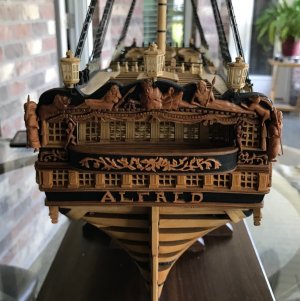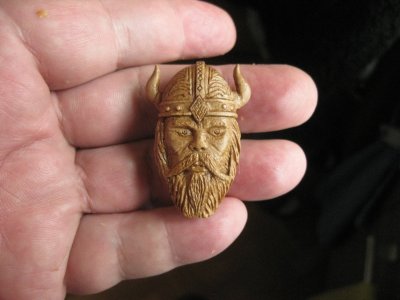The pear wood is good to use, but the fruits are also good to use, try to make "Poires au vin". Those are delicious. Here is the recipe:
It consists of pears, fruity red wine (usually Beaujolais), and flavorings such as honey or sugar, cinnamon, vanilla, orange zest, peppercorns, and cloves.
The pears are poached in wine and other ingredients, and the combination is then brought to a boil. The pears, still slightly firm, are drained, while the remaining ingredients are thickened into a sauce which is then poured over the pears when served.





















